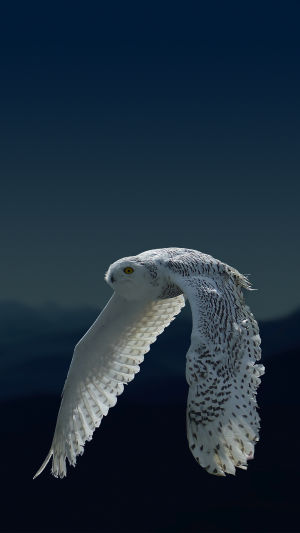When it comes to owls, biologists see them as excellent hunters who attack in a silent night. Children may see them as wise doctors who specialize in resolving disputes in the forest.
The general public sees them as lovable, cute, and occasionally helpful. The role of Harry Potter messenger.
An owl's head can turn 360 degrees! No, it needs to be fixed: the owl's head can be turned 270 degrees from left to right! Then be able to flip up and down 180 degrees!
For ordinary animals, if the head is suddenly twisted in this way, even if the twisting force does not cause damage to the cervical spine, the blood vessels in the cervical spine will be stuck due to the twisting and knotting, resulting in a rapid shock due to intracranial hypoxia. So how did the owl do it?
A 2012 study by researchers at the Johns Hopkins University School of Medicine found that the vertebral arteries of owls enter the neck higher up than other birds. In their necks, an aorta, which supplies blood to the brain, runs through a cavity in the center of the cervical vertebrae.
This cavity is nine times larger in diameter than the blood vessels that pass through it. There is plenty of room to move when the head is twisted. The lack of an owl-like adaptive evolutionary structure is one reason why humans are prone to neck injuries.
In addition to this "big hole", there are two other adaptive evolutionary structures in owls that protect their heads from turning 270 degrees freely and flexibly.
One is that owls have microvascular structures that connect the carotid and vertebral arteries, allowing blood to be exchanged between the two vessels.
In addition, when the owls turn their heads, the blood vessels under the jaws at the bottom of the head will become thicker and thicker. The blood vessels that can relax are similar to buffer blood banks, which can provide enough blood to the brain and eyes of the owls when they turn their heads.
The owl is so cute, do you really want to keep one as a pet like Harry Potter? It has to be reminded here that the number of owls has always been small and needs protection.
Most of them belong to state-protected animals, and it is illegal to buy and keep them. Internationally, a number of owl species are listed in the IUCN Red List and CITES appendix, and illegal capture, trafficking and trade will be subject to sanctions. So, just enjoy it quietly.





